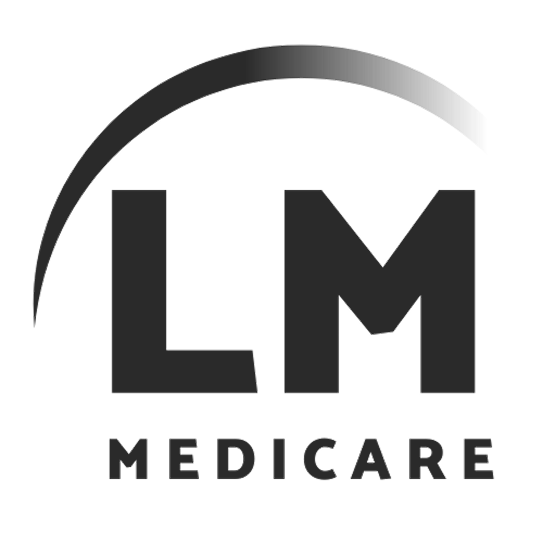New to Medicare?
What to Know
Medicare Basics
Here is What to Know.
Medicare is a federal health insurance program designed primarily for individuals 65 and older, as well as those under 65 with certain disabilities.
Established in 1965, it’s managed by the Centers for Medicare & Medicaid Services (CMS), part of the U.S. Department of Health and Human Services (HHS).

If you're new to Medicare, here's what matters most.
Who Qualifies
You’re eligible if you’re 65 or older, or under 65 and meet specific disability criteria.
What Does it Cover?
Medicare includes hospital insurance (Part A), medical insurance (Part B). Optional prescription drug coverage (Part D) and Medicare Advantage plans (Part C), which bundle services through private insurers, can be purchased separately.
How Do You Enroll?
Most people are automatically enrolled at age 65 if they're receiving Social Security benefits. If not, you can sign up during the initial enrollment period.
Understanding your options is the first step toward choosing the right coverage. If you qualify, Medicare can provide peace of mind and access to reliable healthcare.
Medicare Part A (Hospital Insurance)
✅ Covers inpatient hospital stays, skilled nursing facility care, hospice care, and some home health services.
✅ Often free if you or your spouse paid Medicare taxes during your working years.
Medicare Part B (Medical Insurance)
✅ Covers doctor visits, outpatient care, preventive services, and some medical equipment.
✅ Requires a monthly premium for coverage..
Medicare Part C (Medicare Advantage)
✅ Offered through private insurers, combining Part A, Part B, and often Part D (prescription drugs).
✅ Includes extra benefits like vision, dental, or hearing, and may have varying costs and provider networks.
Medicare Part D (Prescription Drug Coverage)
✅ Helps lower the cost of prescription medications through private, Medicare-approved plans.
✅ Requires a monthly premium for access.
Each part is tailored to meet specific healthcare requirements, giving you the flexibility to choose the coverage that works for you.
Understanding Your Medicare Options
Medicare provides vital healthcare coverage for seniors and certain disabled individuals in the United States, ensuring access to essential medical care and prescription drugs. Funded through a mix of payroll taxes, premiums, and federal support, it offers peace of mind for millions.
Beneficiaries have flexible options to suit their requirements. You can choose Original Medicare (Parts A and B) and add extra coverage like a supplemental plan or a Part D drug policy, or opt for a Medicare Advantage plan (Part C), which combines services in one streamlined package.
With Medicare, you have the freedom to select the plan that works best for you while securing the care you deserve.

When are the Medicare Enrollment Periods?
Medicare enrollment periods are specific windows when eligible individuals can sign up for or adjust their Medicare coverage. Missing these periods may lead to delayed coverage or lifelong penalties. Here’s an overview of the key enrollment periods:
- When: A 7-month window around your 65th birthday.
- Starts 3 months before your birthday month.
- Includes your birthday month.
- Ends 3 months after your birthday month.
- What you can do: Enroll in Medicare Part A and/or Part B. You can also opt for a Medicare Advantage plan (Part C) or a prescription drug plan (Part D).
- When: January 1 to March 31 (annually).
- What you can do: Enroll in Medicare Part A and/or Part B if you missed your IEP and didn’t qualify for a Special Enrollment Period.
- When: Triggered by specific life events, such as retirement, loss of employer coverage, or moving.
- What you can do: Adjust your Medicare plan outside standard periods.
- Example SEPs include:
- Medicare Advantage Open Enrollment Period (Jan 1–Mar 31): Switch Medicare Advantage plans.
- Part B SEP: Enroll if you or your spouse had employer-sponsored coverage while actively working.
- When: October 15 to December 7 (annually).
- What you can do: Make changes like switching between plans such as updating your Part D plan or enrolling or disenrolling in a Medicare Advantage plan.
- Effective Date: Changes take effect January 1 of the following year.
- When: January 1 to March 31 (annually).
- What you can do: Already enrolled in a Medicare Advantage plan? Use this time to switch Medicare Advantage plans (with or without a Part D plan).
Your Health Can’t Wait. Let’s Find the Right Medicare Plan for You
Choosing your Medicare plan is about ensuring you get the right care without financial stress. Take the time to compare your options. Do not wait too long.
Open Enrollment and other key periods won’t last forever. Make the choice that supports your health, budget, and peace of mind. If you require assistance, reach out by phone or email today!



